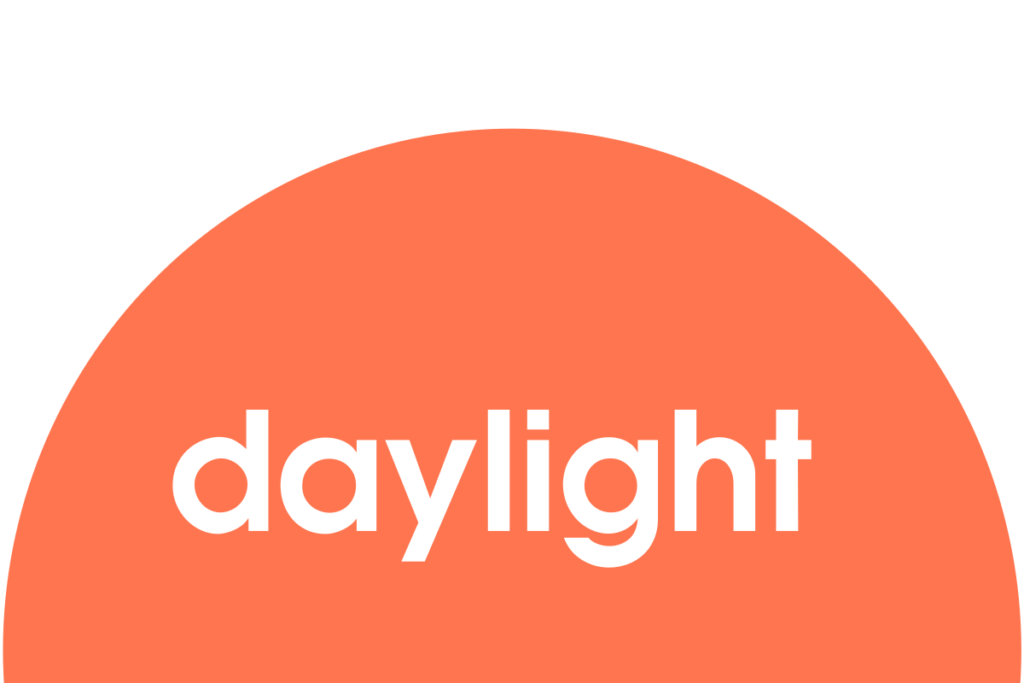What is Depression?
What is Depression?
Are there different types of depression?
Yes. Prenatal depression occurs during pregnancy and is sometimes also called antenatal depression. Postnatal depression occurs in the first year after giving birth. Seasonal affective disorder (SAD) occurs at a particular time of year, or during a particular season. Dysthymia refers to continuous mild depression that lasts for two years or more. It’s also sometimes called persistent depressive disorder or chronic depression.
What’s it like to have depression?
Below, is an animation that illustrates someone’s experience of depression.
What causes depression?
You can feel depressed for all sorts of reasons. Sometimes you might not know what the reason is. Causes of depression can include:
- Negative thoughts about yourself, other people, the future and the world around you
- Early life experiences
- Difficult experiences like losing a loved one, being bullied, or relationship problems
- Biological vulnerability. If a parent or close relative has experienced depression, there could be more of a chance that you’ll experience depression yourself.
Research has helped us understand that thoughts can play an important role in the development of depression and can also keep it going. These thoughts can be about yourself, other people, the future and the world around you. If you’re depressed you’ll usually think negatively about yourself, other people, the future and the world in general.
How common is depression?
Depression is one of the most common mental health problems, with an estimated one in ten adults in Scotland being diagnosed with depression at some point in their lives. Evidence suggests that more women report symptoms of depression than men and that people living in the most deprived areas of Scotland are also more likely to report symptoms.
















